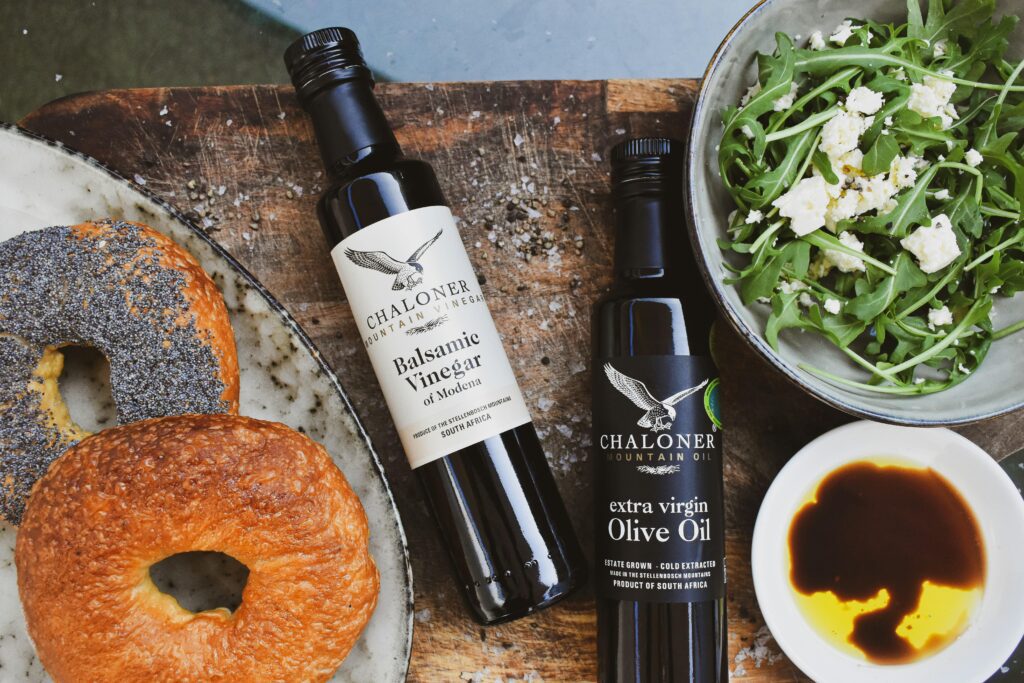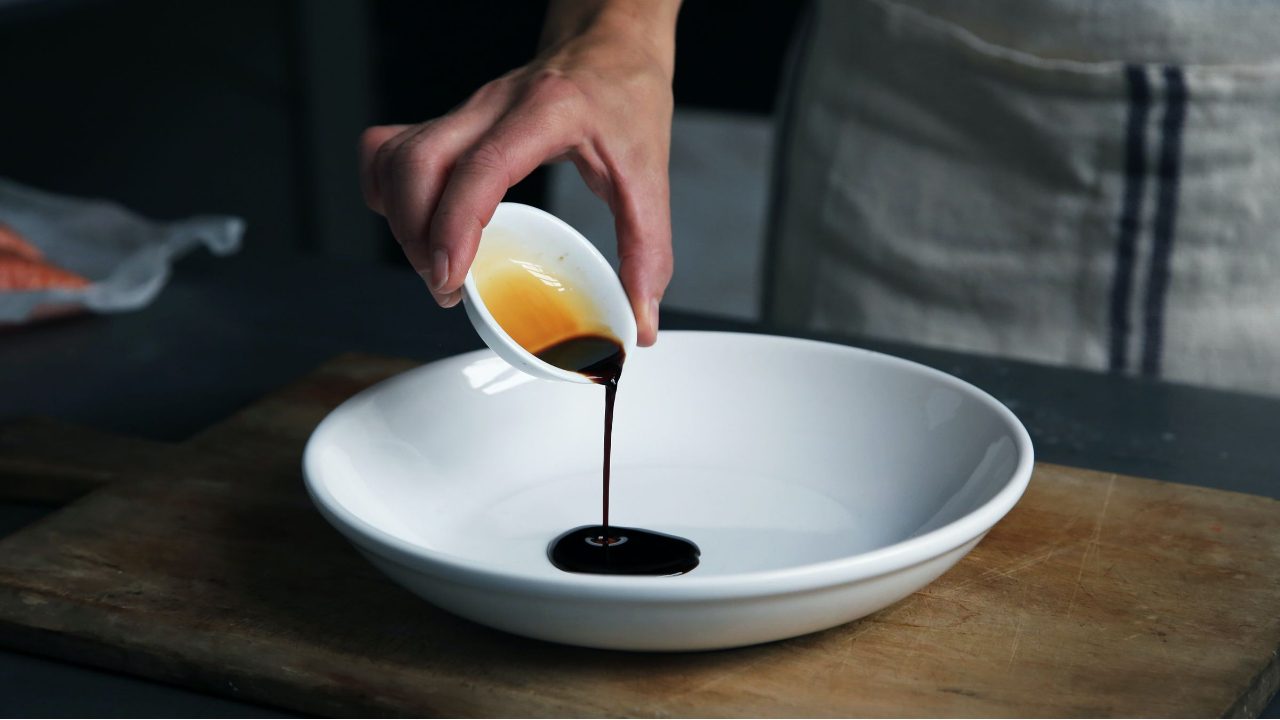Vinegar is a culinary staple that is widely utilized in a variety of dishes, particularly in salads, sauces, and numerous recipes across different cuisines. Its sharp, tangy flavor can elevate the taste of food and add a vibrant dimension to meals. However, it is important to recognize that there are many different types of vinegar, each with its distinct flavor profile and culinary applications.
Some of the most common varieties include rice vinegar, which is popular in Asian cuisine; apple cider vinegar, known for its health benefits and versatility; alcohol vinegar made from fermented spirits; and wine vinegar, which can vary in flavor depending on the type of wine used.
Among these various types, balsamic vinegar stands out for its unique qualities and rich history. Unlike other vinegars, balsamic vinegar undergoes a meticulous aging process that allows it to develop complex aromatic characteristics.
Traditionally produced in Modena, Italy, this vinegar is made from freshly crushed grape juice, which is cooked down to a concentrated syrup, and then aged for several years in wooden barrels. This aging process not only enhances its flavor but also contributes to its thick, syrupy consistency.
Balsamic vinegar is highly prized for its deep, sweet flavor, which can range from tangy to a hint of sweetness, making it an exceptional ingredient for a variety of dishes. It is often drizzled over salads, used as a marinade for meats, or paired with fruits and cheeses to create sophisticated flavor combinations. Additionally, its versatility extends beyond savory dishes; it can even be used in desserts, where its unique sweetness can complement fruits and add depth to sauces.
Whether you are dressing a simple salad or creating an elaborate dish, balsamic vinegar can elevate your culinary creations to new heights, transforming everyday ingredients into a flavorful masterpiece.
Its rich, aromatic properties make it not just an ingredient, but a vital part of gourmet cooking that continues to inspire chefs and home cooks alike. So next time you reach for vinegar in your kitchen, consider experimenting with balsamic vinegar to discover the depth and complexity it can bring to your meals.
You can always put balsamic vinaigrette on salted meat and sort of pretend it’s a salad.
― Karen Russell
Jump To Section
History
You can also watch this and other exclusive GA Originals on YouTube.
The renowned “Balsamic Vinegar of Modena” has been granted robust protection through a Denomination of Origin designation since 1983, ensuring that its authenticity and quality are upheld. This designation is crucial in preserving the traditional methods of production and safeguarding the distinct characteristics that make this vinegar unique.
The region of Modena, located in Italy, is blessed with ideal climatic conditions that are particularly favorable for the cultivation of grapes, especially those that yield wines with low alcohol content. Such wines are considered perfect for vinegar production, as they facilitate the fermentation process that is essential for creating high-quality balsamic vinegar.
Balsamic vinegar is produced primarily from the fermentation of Trebbiano grape must, which is a white grape variety indigenous to Italy. The meticulous process begins with the pressing of fresh grapes to extract their must, which is then cooked down slowly to achieve a concentrated syrup. This syrup undergoes fermentation and subsequent aging in wooden barrel casks, where it develops its rich, complex flavors and pleasing aromas.
The extensive aging process can last several years, allowing the vinegar to take on nuances that reflect the unique microclimate and traditions of the Modena region. The result is a luxurious, rich balsamic vinegar that is cherished not just in Italy but around the world. Its versatility makes it a prized ingredient in a variety of culinary applications, from salad dressings and marinades to drizzling over fresh fruits and cheeses.
The tradition and craft behind “Balsamic Vinegar of Modena” illustrate not only a remarkable culinary heritage but also the deep connection between the local environment and the production of this exquisite product.
Production

After the fermentation process has concluded, the must is subjected to boiling, a crucial step that entails heating the liquid until its sugar content reaches a specific concentration, typically falling within the range of 28 to 33° Babo. This measurement indicates the percentage of sugars present in the must by weight.
At this point, as the boiling progresses, the must undergoes a significant reduction, with its volume diminishing by approximately 20% to 30% of its initial quantity. This reduction not only concentrates the flavors but also leads to a more viscous and sweeter end product. It is during this cooking phase that the essential characteristics of balsamic vinegar begin to take shape.
Once the must has been appropriately reduced and reaches the desired sugar concentration, it is then carefully transferred into barrels where it will continue its transformation into balsamic vinegar. This aging process is not a mere formality; it is a critical component that can take a minimum of 20 years, with many artisanal varieties aging for up to 50 years or even longer. Over these long years, the vinegar develops complex flavors and a remarkable texture that is indicative of its maturation.
When the balsamic vinegar finally reaches its optimal state, it presents a dense, dark appearance that is visually striking. Its aroma is a delightful balance of sweet and sour notes, a testament to the intricate processes that have been undertaken throughout its production and aging. The flavor profile is equally sophisticated, offering a rich tapestry of tastes that speak to the craftsmanship involved in its creation.
Beyond its culinary appeal, balsamic vinegar shares similarities with wine, not only in terms of the manufacturing processes used but also regarding the numerous health benefits it can offer. Studies suggest that balsamic vinegar may aid in improving digestion, thanks to its rich content of beneficial compounds.
Additionally, its polyphenols can help reduce levels of bad cholesterol, thereby promoting heart health. Other potential benefits include its properties related to diabetes prevention, skin health enhancement, and its relatively low-calorie count, making it an appealing choice for those seeking to manage their weight.
Thus, balsamic vinegar stands out not just as a gourmet ingredient, but also as a product that can contribute positively to one’s overall well-being.
Bottom Line
Balsamic vinegar is a delightful condiment hailing from Italy, created from the careful fermentation of grape juice. The production process is a labor of love that involves reducing grape must and then aging it in wooden barrels for an extended period.
This meticulous process results in a product with a wonderfully sweet flavor, perfectly balanced acidity, and rich aromatic complexity. Balsamic vinegar is beloved in the culinary world for its versatility, enhancing a wide array of dishes—from fresh salads and zesty marinades to savory meats and delightful desserts.
Beyond its delicious uses, balsamic vinegar is also packed with health benefits, including antioxidants and anti-inflammatory properties. It’s fascinating to note that there are various types of balsamic vinegar, each with unique qualities and production techniques, ranging from straightforward commercial options to the exquisite Aged Balsamic Vinegar, aged for years to develop an even deeper and more complex flavor.
Did you like this article?
I hope this article has helped you understand about Balsamic Vinegar. To learn more, take a look at Is It Safe To Wash Meat Before Cooking?
Leave a comment below and share our content. Help our community grow by following our social media on Spotify, Instagram, Facebook, YouTube, and TikTok. And stay up to date with the news from the world of Gastronomy.
Don’t forget to tag @gastrovinoacademy on Instagram and hashtag it #gastrovinoacademy.
Cheers 🍷



I was pretty pleased to discover this web site. I want to to thank you for your time for this fantastic read!! I definitely really liked every bit of it and I have you book marked to see new things on your web site.